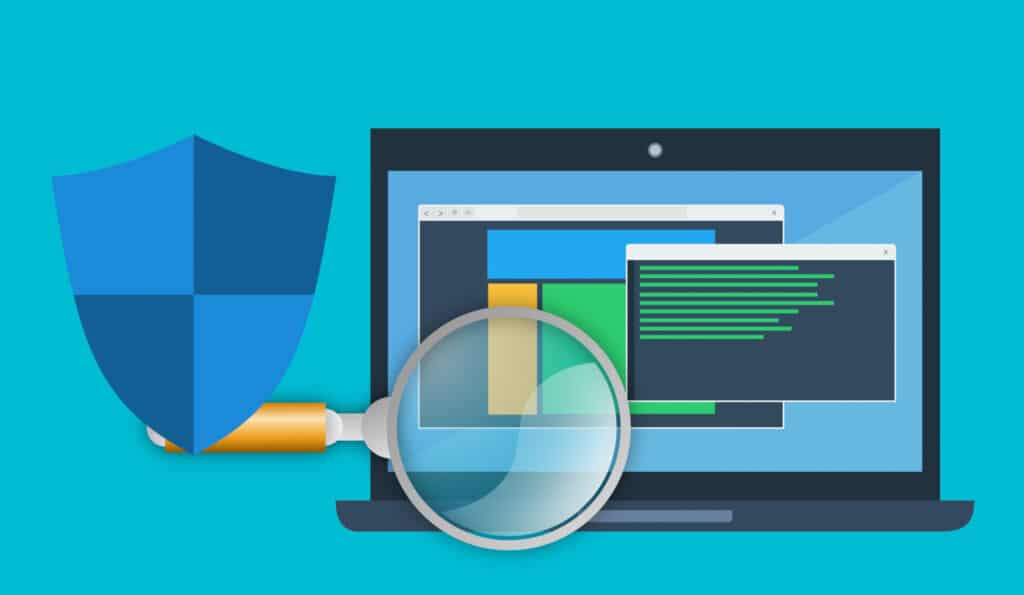Microsoft Azure Synapse Analytics is a cloud service dedicated to Big Data. It brings together all the features required for data analysis, Business Intelligence, or Machine Learning. Discover everything you need to know about this tool: how it works, its advantages, training opportunities, and more.
To harness the power of Big Data, various tools are required. ETL software for extracting, transforming, and loading data, a Data Warehouse for storage, and various software for analysis.
With Azure Synapse Analytics, Microsoft offers a unique cloud service that combines all the necessary tools for collecting and harnessing data. This platform caters to the needs of Data Engineering, Machine Learning, and Business Intelligence.
What is Azure Synapse Analytics?
Azure Synapse Analytics is an evolution of Azure SQL Data Warehouse. This service was a cloud-based Massively Parallel Processing (MPP) relational database designed to process and store large volumes of data on the Microsoft Azure Cloud.
As its successor, Azure Synapse Analytics inherits the MPP database technology from Azure SQL Data Warehouse, referred to as Synapse SQL. However, several features have been added to make it one of the most powerful data analytics solutions on the market.
Azure Synapse combines Cloud Data Warehousing and Big Data analytics into a single platform. There’s no longer a need to separately use a Data Warehouse and a Data Lake, as this service caters to all these requirements.
To query the data, you can use on-demand serverless resources or provisioned resources. Various tools are integrated into the platform, including ETL software for data ingestion, transformation, and preparation, as well as Power BI and Azure Machine Learning for analysis.
How does Azure Synapse Analytics work?
Azure Synapse Analytics is a SaaS (Software as a Service) Cloud service composed of several components.
It includes various analytical tools: SQL Analytics for T-SQL-based analysis, SQL Cluster with billing per compute unit, and SQL on-demand with billing per processed Terabyte.
Additionally, it fully integrates Apache Spark and offers connectors for a wide variety of data sources. Azure Synapse uses Azure Data Lake Storage Gen2 as its Data Warehouse.
Security features are in place to protect, monitor, and manage data and analytics solutions. Single sign-on and Azure Active Directory integration are part of these security tools.
The entire ETL (Extraction, Transformation, Loading) process is supported. Beyond its Data Warehouse capabilities, Synapse Analytics allows for report creation and visualization, particularly through the Power BI tool.
Various programming languages are supported, including SQL, Python, .NET, Java, Scala, and R. This software is versatile and suitable for a wide range of workloads.

Benefits of Azure Synapse Analytics
In the Big Data solutions market, Azure Synapse Analytics offers numerous advantages. It’s a comprehensive solution for data analytics.
Centralizing these various tools allows for smoother operation and better integration, avoiding silos.
Another strong point is the integration of Azure Synapse with Microsoft’s other Cloud services. This solution natively connects to Purview for data governance, Azure Machine Learning for machine learning, Blob Storage for container storage, Active Directory for authentication, Azure Data Lake, and the Power BI platform for Business Intelligence.
Other applications for BI and Machine Learning, such as Microsoft Dynamics or Office 365, are also integrated. All SaaS Cloud services supporting the Open Data Initiative can be integrated as well. Additionally, the Azure Synapse studio allows for end-to-end solution development.
Workload optimization relies on intelligent management, workload isolation, and unlimited concurrency. The native Cloud HTAP (Hybrid Transactional/Analytical Processing) integration enables business analysts, Data Engineers, and Data Scientists to access the most up-to-date operational data.
When dealing with data, security is paramount. That’s why Azure Synapse Analytics integrates features such as threat detection, always-on encryption, granular access control, and real-time dynamic data masking.
For a data-driven enterprise, data governance is essential. That’s why Microsoft introduced Azure Purview: a unified Data Governance service helping organizations gain a comprehensive view of their data.
This solution allows for the discovery of all data within the enterprise and understanding the relationships between that data.
It can be used for on-premises data, Cloud data, SaaS application data, or Power BI data. By combining Azure Synapse Analytics and Purview, organizations have all the resources they need for data governance and analytics.
How do I use Azure Synapse Analytics?
By using Azure Synapse Analytics, you can unlock the full value of Big Data. This solution eliminates existing silos and combines the capabilities of Power BI and Azure Machine Learning while leveraging the strengths of the Cloud.
To use Azure Synapse Analytics, you must first create a Microsoft Azure account. Subscribe to the platform and create an Azure Storage account. During registration, select Microsoft Synapse as the resource provider.
Log in to the Azure Portal and type “Synapse workspace” in the search panel. Choose this service. On the Synapse workspace page, click “Add.”
Configure the workspace by providing your credentials, a resource group, a workspace name, a region, and a root file system. You can set up security and networking options and add tags in the respective tabs.

After verification, create the workspace. As soon as the resource provisioning process is complete, the workspace will appear in the list.
How do I learn to use Azure Synapse Analytics?
To master Azure Synapse Analytics and all its features, you need to learn how to use this service. To achieve this, you can choose DataScientest’s training dedicated to Microsoft Azure cloud.
We offer you the opportunity to acquire five different Azure certifications: AI-900 (Artificial Intelligence), AZ-900 (Data Manipulation), DP-900 (Databases), DP-100 (Machine Learning), and DP-203 (Data Pipeline Management).
This intensive three-day remote training consists of 50% individual coaching and 50% Masterclasses. Once you obtain the certification, you will have all the skills required to work as an Azure cloud expert. Sign up now for the next launch.
You now have all the information about Azure Synapse Analytics. Discover everything you need to know about Microsoft Azure cloud and Microsoft Power BI’s business intelligence platform.










